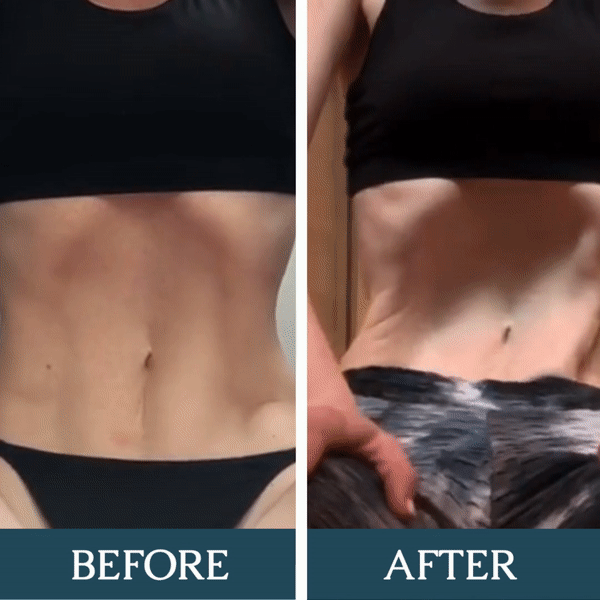Our female health is not something we talk about a lot. With the lack of education on the topic, we might not even recognize that the discomfort we might be having is a pelvic floor issue and that it can be resolved and life’s comfort and joy can be brought back.
So how to identify if you have pelvic floor problems?
Constipation & digestion issues
Constipation, hemorrhoids, painful and irregular bowel movements are strong indicators of pelvic floor irregularities.
Urinary incontinence
Having a frequent need to pee, inability to hold it in, urine leakage (unintentional urine passing) with coughing, sneezing, or physical activity (e.g. running, jumping) is pretty much the definition of pelvic floor dysfunction.
Issues related to sexual health
Painful intercourse, low libido, lack of sexual pleasure and intimate sensitivity, or vaginal flatulence would be a sign to check your pelvic floor health.
Pains in the pelvic area & organs’ prolapse
Regular vaginal pains, discomfort and painful sensation with female hygiene products use, internal organs prolapse, painful gynecological exams, or chronic infections strongly signal pelvic floor issues as well.
I find it disturbing that many women who experience at least one of the above are conditioned to take such issues as “normal”, especially after childbirth. The issues are certainly common but they’re not normal! And, truly, we don’t have to bear it - there are solutions like pelvic floor yoga that help to bring our pelvic health back.
How does pelvic floor yoga help?

Constipation: the main reason for it is a lack of blood circulation in your bowel. Pelvic floor yoga increases blood circulation which helps to normalize bowel movements and eliminate constipation and most of the digestion issues.
Urinary incontinence: the main reason for stress incontinence is weakened pelvic floor muscles. My pelvic floor exercises program is focused on yogic asanas that help to tone and strengthen pelvic floor muscles as well as it shares techniques for pelvic muscle relaxation.
Pains in the pelvic area & organs’ prolapse: pelvic floor yoga works very well for women with 1-st and 2-nd levels of prolapse of any internal organs. With the vacuum techniques (part of my pelvic floor program), we learn to move the organs back up and strengthen the pelvic floor muscles to hold the organs where they belong.
Flatulence and issues related to sexual health: vaginal flatulence usually happens because of weak pelvic floor muscles. It is common after natural childbirth and often prevents women from having joy from intimate connections with a partner. Pelvic floor exercises help to strengthen vaginal muscles and bring back intimate sensitivity and sexual pleasure back to their lives.
Pelvic floor yoga is a powerful practice to elevate your female health and become the happiest, healthiest version of yourself. Schedule your free discovery session with me or get a 1-1 private training today.


